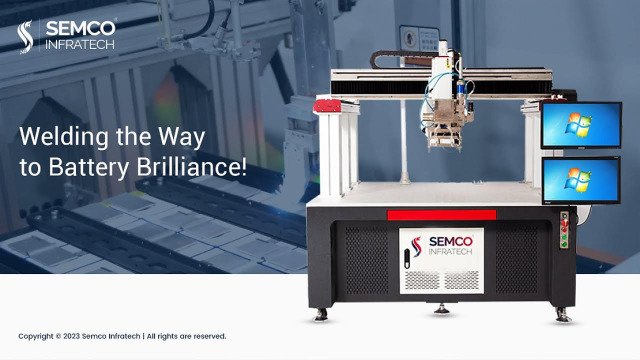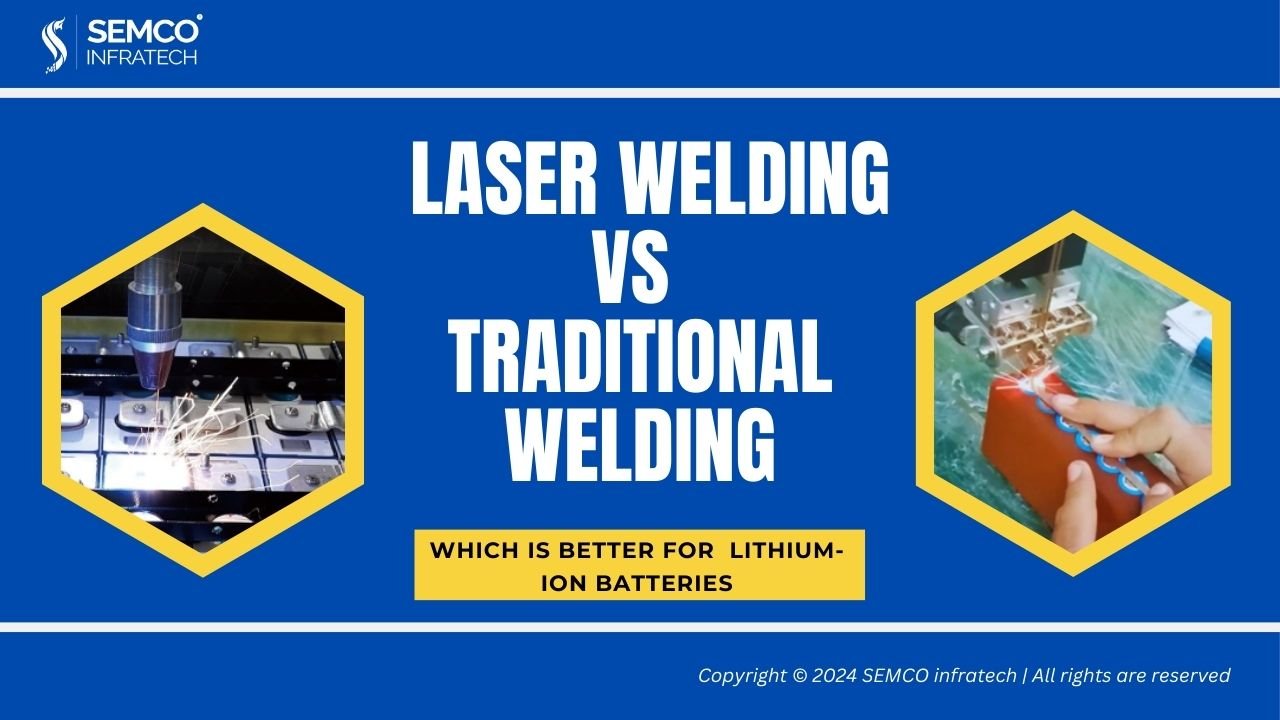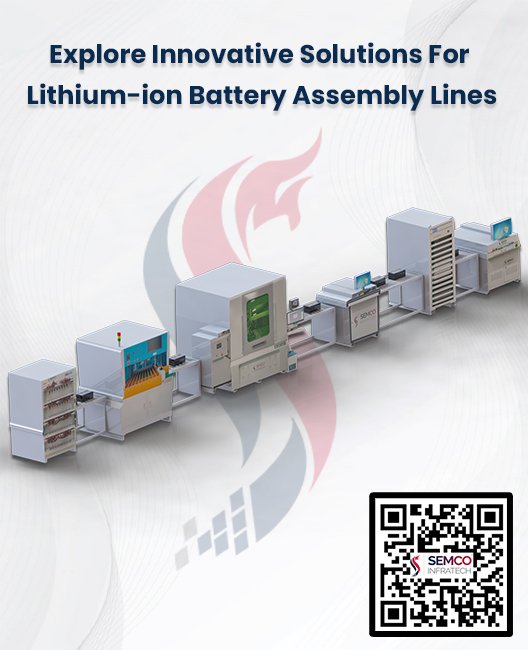In the dynamic world of manufacturing, accuracy and productivity are critical. This is especially true for the fabrication of modules in a variety of industries, where welding is essential. This article will examine the cutting-edge welding technologies used in the manufacturing of modules, emphasizing the specifications and technical aspects that guarantee the best possible outcomes.
Robotic Precision: An Overview of Module Welding
Advanced module welding is primarily focused on robotic precision and automation. Moving the module to a designated station and conveying the equipment are the first steps in the process. This is where a highly developed positioning system comes into play. Once the module is precisely located, a special system is started.

The system calls the appropriate response program after reading the code information specific to that module. This is when the amazing servo three-axis mechanism steps in, using a camera to precisely locate the welding position. Notably, everything is perfectly aligned because these positions were decided upon before the welding process.
Each junction point’s height is measured using laser technology, which ensures an unmatched level of precision. Equipped with this data, the servo three-axis modifies the distance as needed before starting the welding operation. Furthermore, the welding room is equipped with a watchful monitoring system. The machinery immediately resets all tooling and stops the welding process if an abnormality is found.
Technical Specifications and Requirements
In the manufacturing of modules, welding is a difficult task that calls for exacting specifications and a sharp eye for technical details. It is crucial to make sure that the laser’s light path is unobstructed during the welding process when using vibrating mirror laser welding. The pressing block and the welding seam trajectory must be separated by more than 3 mm.
A well-thought-out fixture is used to shield the module from exposure during welding, except the bar sheet. Additionally, this prevents welding slag from interfering with explosion-proof valves. To further improve safety precautions, the pipeline next to the welding fixture has a flame-retardant sleeve installed.
Each pole column’s compression mechanism is independent to avoid cell-to-cell short circuits, and insulation is used to preserve the system’s integrity. To guarantee optimal functionality, there should also be no space between the busbar and the pole.
Meeting the Needs: Precision and Security
In module welding, requirements must be met precisely. By matching an external rivet circle or pole column feature, the system makes up for any deviation. The precise welding coordinates made possible by this compensation guarantee that the welding procedure is precise and in line with the pre-established positions.
There are anti-deviating mechanisms for offsets and defocusing in place to prevent problems caused by severe weld offsets and defocusing. The alarm is set off if any of these happen. During the addressing process, the addressing data can be linked to module information and is stored locally for improved visibility.
Moreover, oxidation is avoided during welding by using protective nitrogen. In addition, the system has an automated switch and alarm that activate when the protective gas runs out. This feature aids in reminding operators to quickly replace the gas.
The FPC Welding Platform: Increasing Productivity
The FPC welding platform greatly increases efficiency during the welding process. It is a flexible addition to the manufacturing process because it is made to accept separate welding tooling.

A CCD vision system is used to pinpoint the exact location of an FPC once it is inserted into the welding fixture. A laser ranging sensor determines the height of the FPC. The welding program is started after the vibrating mirror modifies the power as necessary. The FPC is welded by a robot that has a welding head attached to it. An industrial dust collector effectively filters the soot produced during this process.
Conclusion
Innovative welding techniques are changing the face of module manufacturing. These cutting-edge methods provide unparalleled safety, effectiveness, and precision. They play a crucial role in guaranteeing the accuracy and efficiency of welding procedures, opening the door for further advancements in the manufacturing industry.






